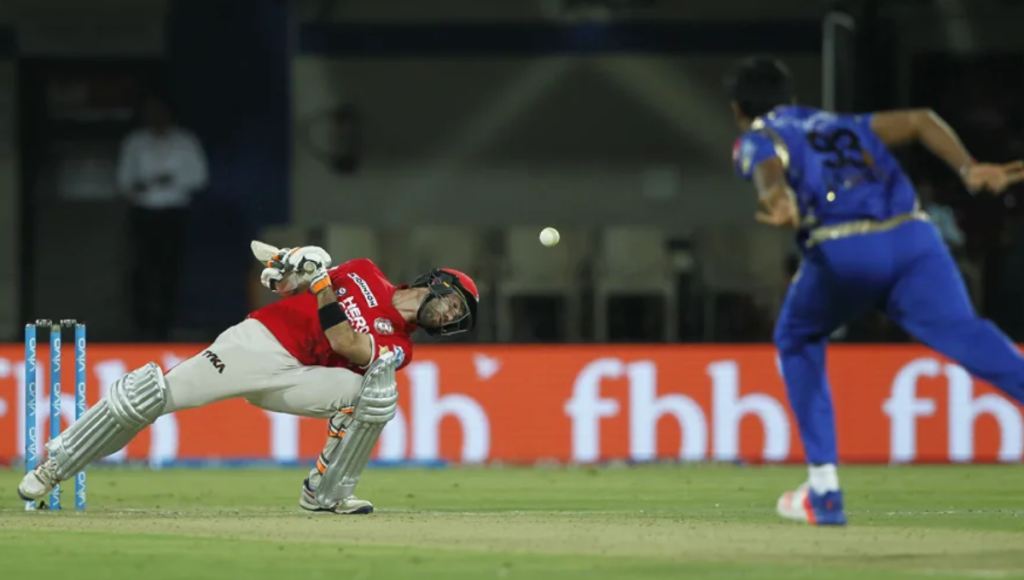The Board of Control for Cricket in India (BCCI) has introduced several rule changes over the years, aiming to refine the game’s dynamics. One such rule, allowing bowlers to deliver two bouncers per over, has sparked discussions on its impact on cricket’s balance and strategy. Here are two compelling reasons why the BCCI should consider continuing with this rule:
1. Balancing the Contest Between Bat and Ball:
Cricket, especially in its shorter formats, has often been criticized for favoring batsmen due to smaller boundaries, flat pitches, and the evolution of bat technology. The two-bouncer rule per over serves as a counterbalance, giving bowlers an additional weapon to challenge batsmen. This rule not only tests the batsman’s technique against short-pitched deliveries but also introduces a psychological element where batsmen can’t predict with certainty when the next bouncer might come. This unpredictability can lead to mistakes, offering bowlers a chance to exploit weaknesses more effectively.
In formats like T20, where the scoring rate is high, this rule can help in controlling the run flow, making matches more competitive. It encourages bowlers to think more tactically about when to use their bouncers, potentially leading to a richer, more strategic game. The rule’s introduction has been seen as a move towards restoring some power to the bowlers, ensuring that cricket remains a contest rather than a batting parade.

2. Preparation for International Cricket:
The transition from domestic to international cricket, particularly Test cricket, requires players to adapt to various challenges, including handling short-pitched bowling. The two-bouncer rule in domestic cricket, like the IPL or other BCCI tournaments, serves as an excellent training ground for this aspect of the game. By regularly facing bouncers, batsmen are better prepared for international encounters where fast bowlers from around the world might exploit this tactic more frequently.
This rule aids in skill development, ensuring that Indian batsmen are not only technically proficient but also mentally prepared for the aggressive bowling they might face abroad. It’s not just about facing bouncers but learning to read the game, anticipate bowler strategies, and adapt quickly. This preparation is crucial for the longevity and success of players in international cricket, where conditions and bowling attacks can vary significantly.
The two-bouncer rule, while controversial, offers strategic depth to cricket. For the BCCI, continuing with this rule could mean fostering a more competitive domestic environment, which in turn, prepares players better for international challenges. It’s about creating a balanced game where both bat and ball have their moments, ensuring that cricket remains unpredictable and exciting. As cricket evolves, such rules might just be the key to maintaining the sport’s appeal, where every match is not just a contest of skill but also of strategy and mental fortitude.

